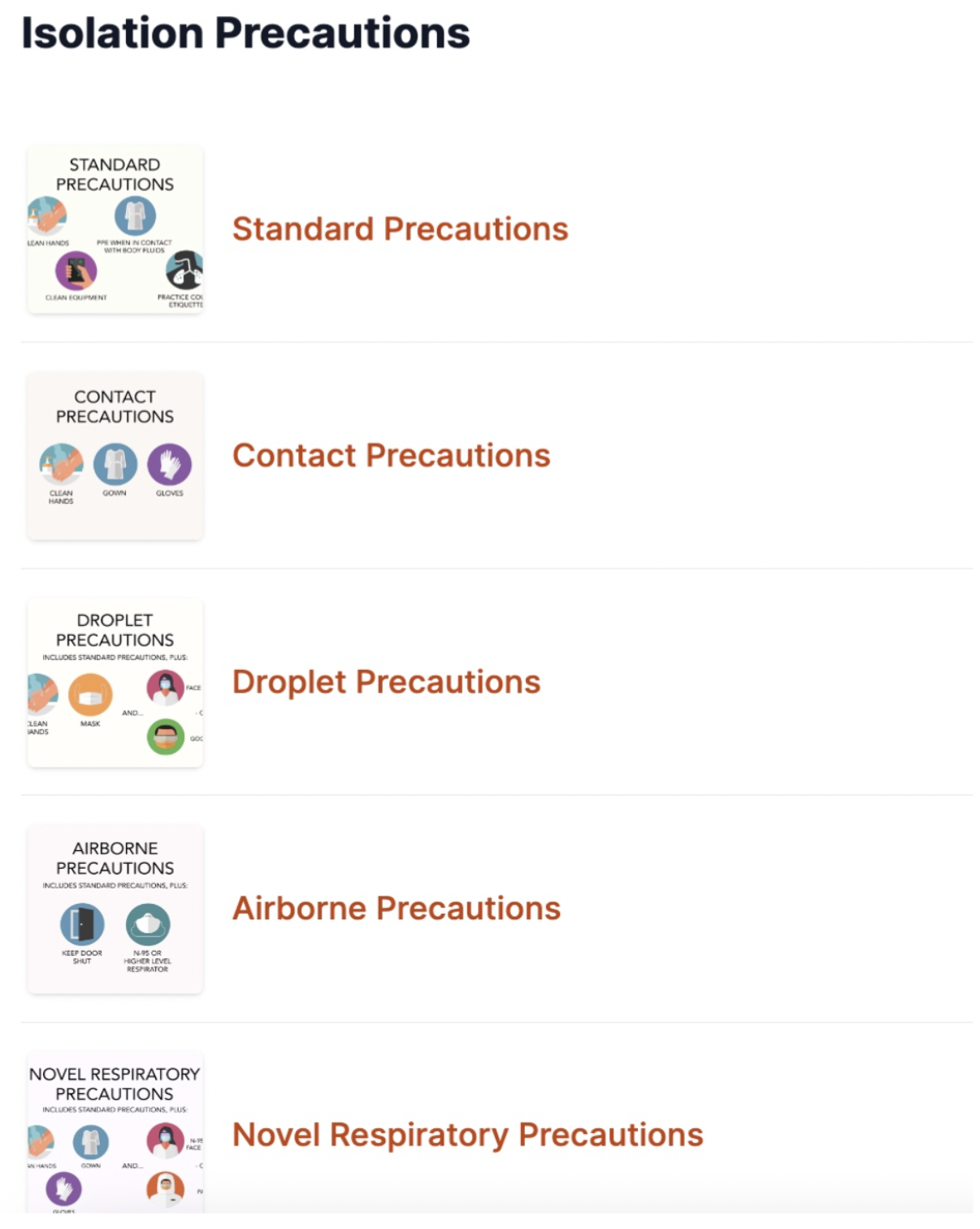Diagnostic Imaging Simulations Coming to PhysioU!
Diagnostic imaging has traditionally been a difficult subject to teach throughout the curriculum – it is a vital skill in multiple areas of practice, but one which students tend to have a hard time grasping. This is what led us at PhysioU to develop case-based simulations for common pain presentations, including diagnostic imaging related to the patient’s specific injury or complaint.
Guiding students through case-based experiences presents a perfect opportunity to integrate diagnostic imaging related directly to healing, function, exercise selection, and patient education. With PhysioU e-learning and simulation content you can grade student exposure to diagnostic imaging content, utilize interactive learning reports to track student learning, and allow students to revisit key concepts across their journey through your program.
Regardless of whether the students are learning for the first time, in clinical rotations, or studying for board exams, PhysioU has worked to create content that will support faculty and learners alike in the effective delivery of diagnostic imaging modules.






